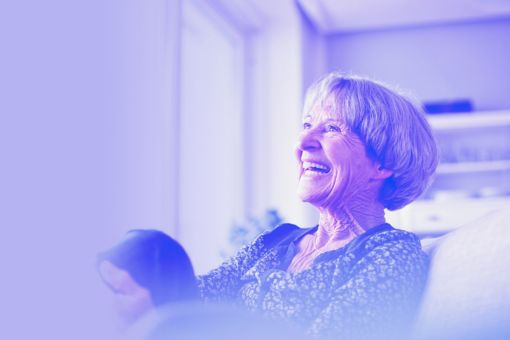Despite a decline in demand for residential aged care, the Australian aged care market continues to grow, largely due to an increase in home care.
As of 30 June 2020, there was a total of 335,889 people living in residential aged care, 142,436 accessing home care services and 840,000 accessing the Commonwealth Home Support Programme (CHSP).
The home care market, has experienced significant growth due to government policy and consumer preference to remain at home for as long as possible.
Demand for residential aged care continues to decline which has resulted in a continuing drop in occupancy levels. Further, 58 percent of providers reported an operating loss in FY21. Despite these challenging conditions, the Australian aged care market has continued to grow which can be attributed to providers seeking to reach the right economies of scale, growing their brand reputation and footprint and seeking greater influence in the sector.
Since 2017 KPMG has conducted an in-depth analysis of the aged care market, focusing on the financial performance of the top 25 providers by market share across home care and residential aged care over the past five years. The aged care market remains highly fragmented with 735 providers delivering residential aged care and 906 providers delivering home care services (at 30 June 2021), and the top 10 providers maintain almost 25 percent of market share across both residential and home care.
Key findings
Aged care in Australia
There has been significant growth in government expenditure for home care services, which correlates with a 24 percent increase year on year of people receiving home care services. As at June 2021, there were 906 providers delivering home care services in Australia, a significant increase since 2016 when there were 487 providers. This large increase can be attributed to Government reforms that reduced barriers to entry, additional home care funding, and the introduction of consumer choice in home care. Of these providers, 80 percent are not for profit providers and 20 percent are private providers. Interestingly, the top two providers, myHomecare Group and Australian Unity are for profit providers, with Australian Unity being a member owned company.
At present, more women than men use aged care services with 67 percent of women accessing permanent residential aged care compared to 33 percent of men, there are similar statistics across home care and home support with 66 percent of women and 34 percent men accessing home care services and 65 percent women, 35 percent men accessing CHSP. Aboriginal and Torres Strait Islander people face multiple health and social disadvantages compared to non-indigenous people. As a consequence, they are more likely to develop serious medical conditions earlier in life and have a lower life expectancy. Given the disparity, Indigenous people are eligible to receive aged care services at an earlier age than non-Indigenous people, however Indigenous Australians represented only 2.6 percent of people accessing aged care services.
Of the people living in permanent residential care, 54 percent had a diagnosis of dementia.
Workforce
Australia’s changing demographics have significantly influenced the demand for and provision of aged care services. People are living longer than ever before, however with greater frailty. It is projected that the number of Australians aged 85 years and over will increase from 515,700 in 2018–19, to more than 1.5 million by 2058, with increased frailty and co-morbidities. As the population increases and the demand for aged care services increases, the workforce available to support the increasing demand is declining. Across both home care and residential aged care, workforce attraction remains the biggest challenge for providers to support the delivery of safe, high quality care and ensure they remain operationally viable.
Direct care staffing mix across residential aged care and home care services1
| Residential Aged Care | Home Care | |
|---|---|---|
| Personal care workers | 70 percent | 88 percent |
| Registered nurses | 23 percent | 6 percent |
| Allied health professionals | 7 percent | 6 percent |
Insights for leaders
- Opportunities continue to exist for providers looking to grow their market share organically or inorganically in the aged care market, however the market remains competitive as the larger providers seek to assert their dominance.
- Workforce attraction and retention remains a critical issue for aged care providers, as the competition for talent continues to increase.
- There remain significant pressures on providers to prepare for and manage the large amounts of impending reform, including changes in funding, reporting and changes to how supply is managed.
- Providers should seek to invest in technology solutions that enable the delivery of safe, high quality care and create operational efficiencies through both delivery and reporting.
- New market entrants are offering innovative business and operating models, providing good customer experiences supported by enabling technology.
Download report
Download our report for an in-depth analysis of the aged care market, focusing on the financial performance of the top 25 providers by market share across home care and residential aged care over the past five years.





